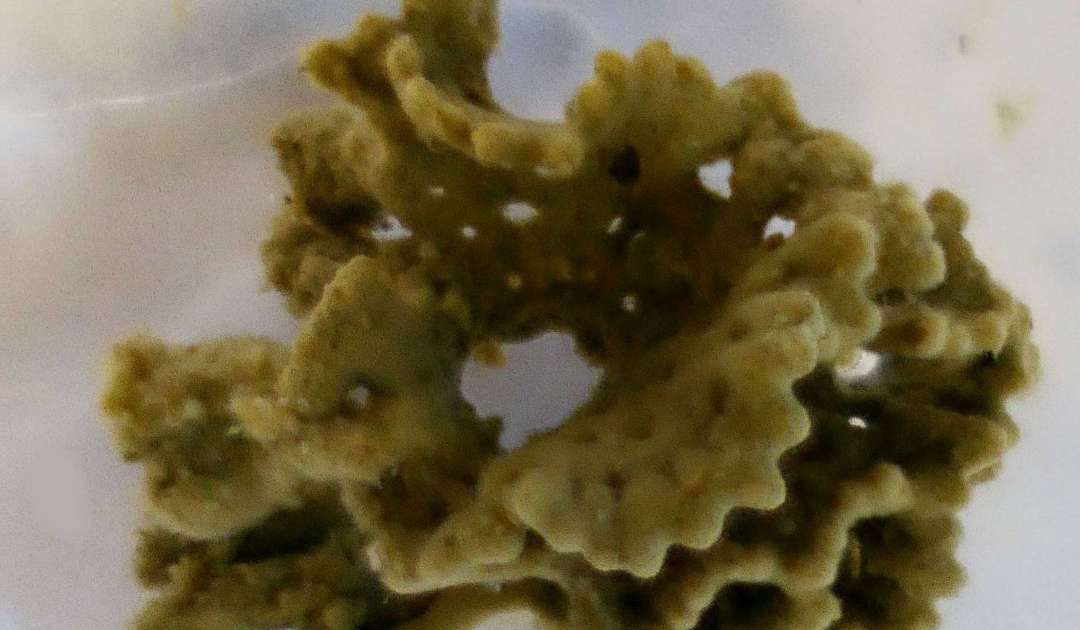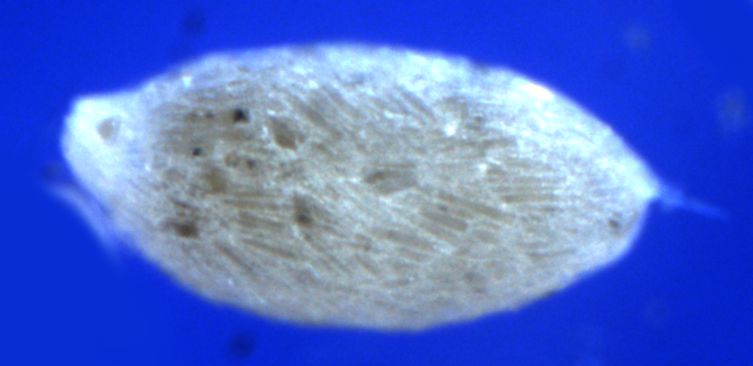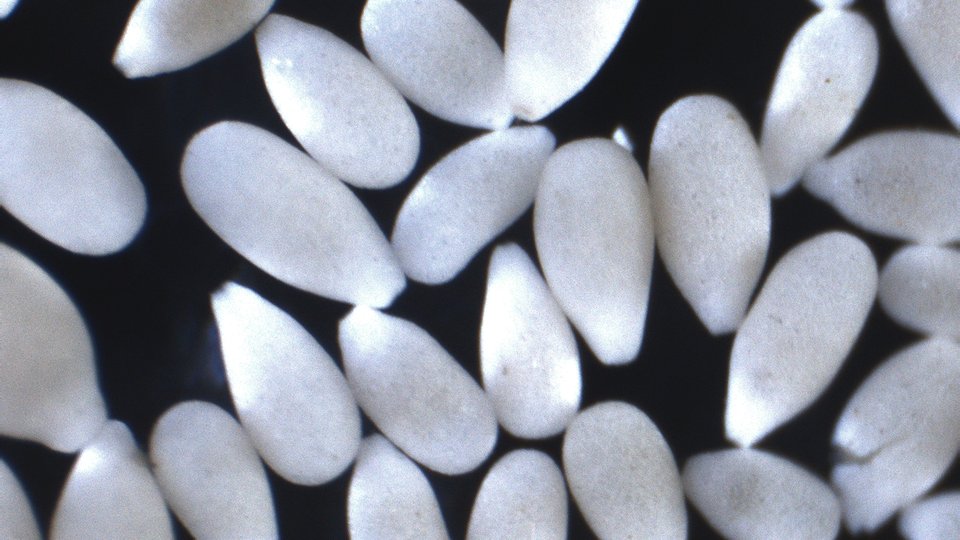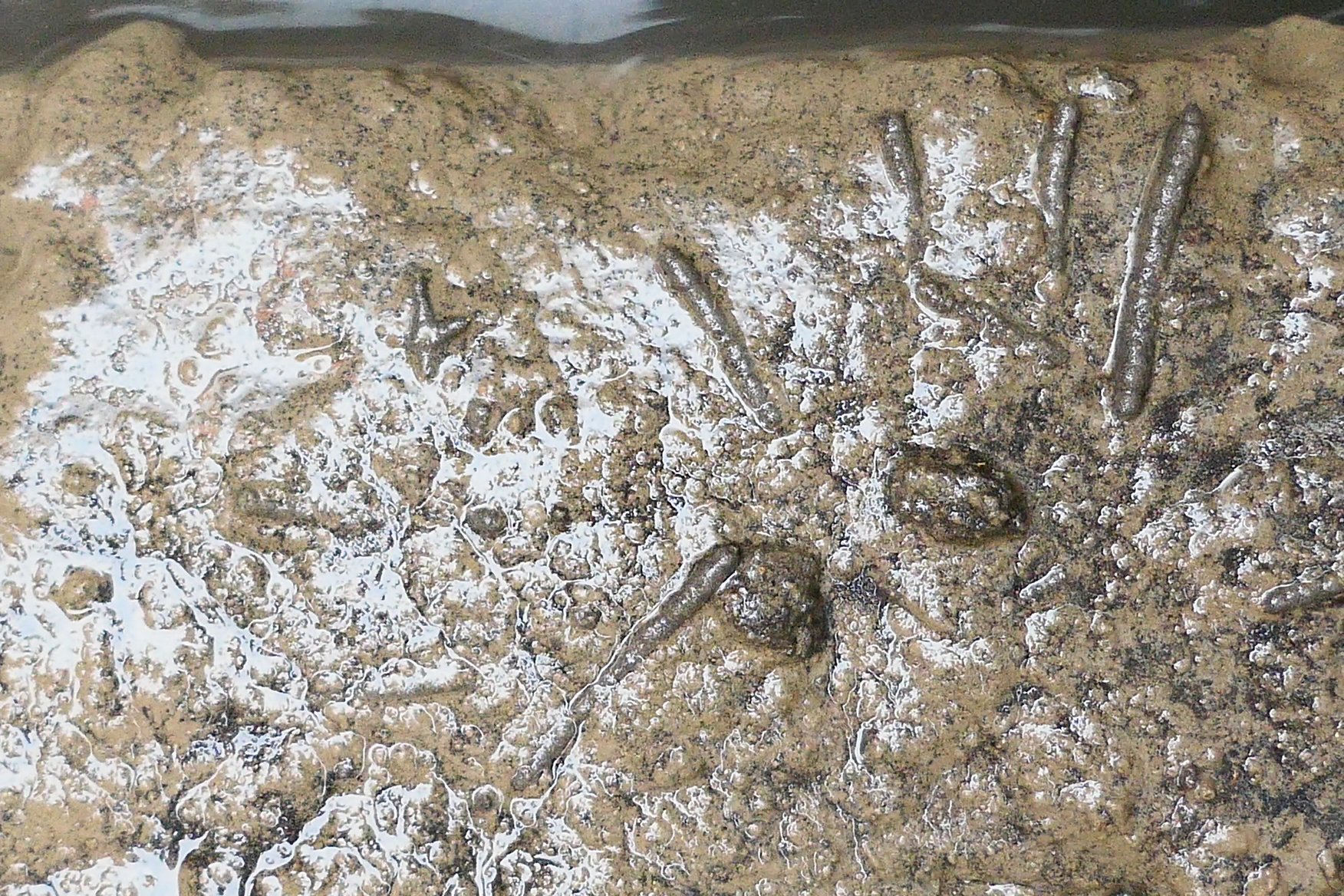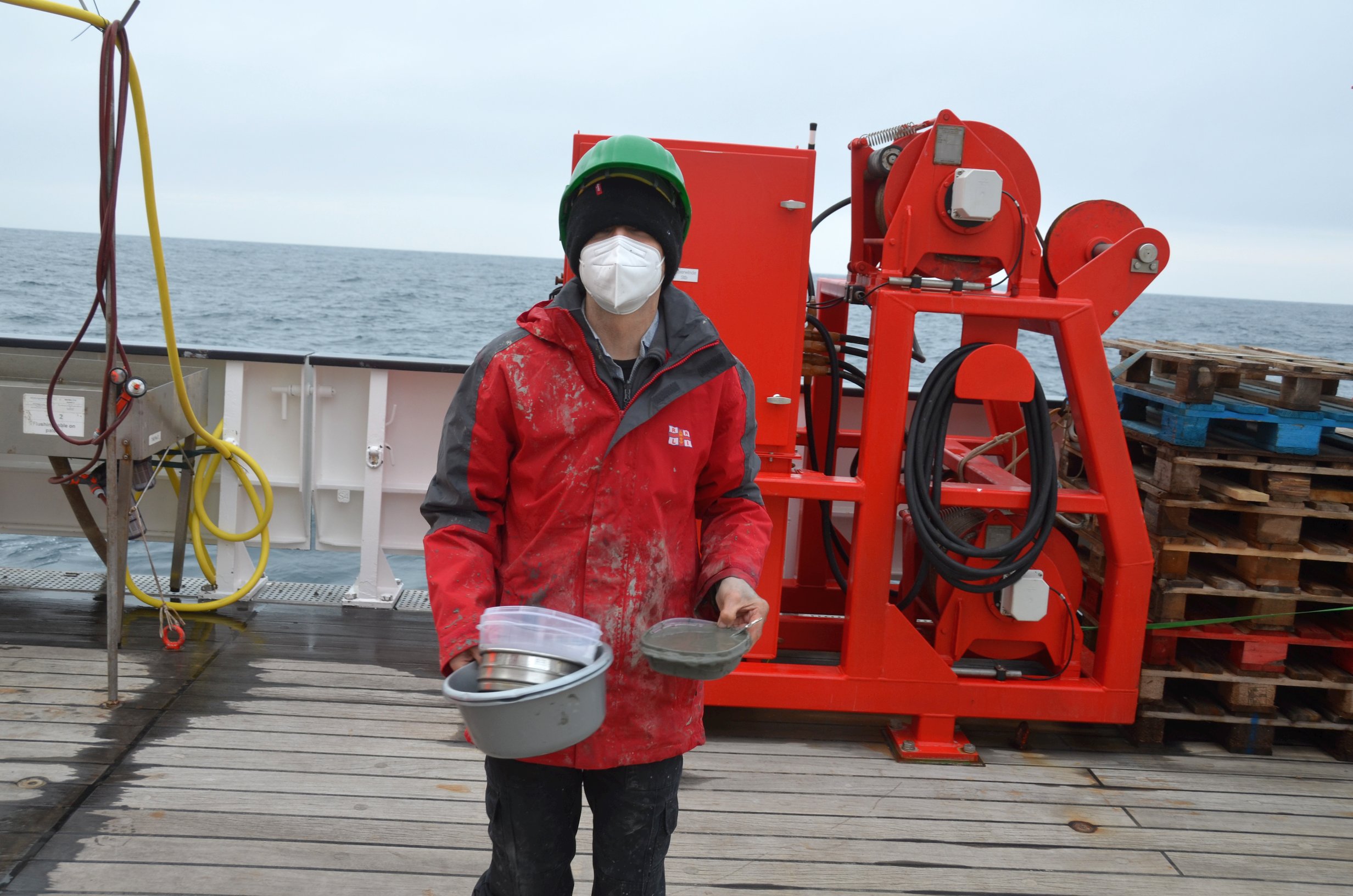back at sea
My name is Andrew Gooday and I’m a retired marine biologist affiliated to the National Oceanography Centre in Southampton, U.K..Being retired, I should be at home, sitting in the garden enjoying the summer, but here I am in the northern North Pacific on the Research Vessel Sonne, participating in my first oceanographic cruise for 7 years.
I work on foraminifera, an amazingly successful group of single-celled organisms (protozoans or ‘protists’) known mainly from marine environments but also occurring in freshwater and damp terrestrial settings. Most species are benthic, but some are planktonic. The cell body is enclosed within a protective shell or test constructed from organic material, calcium carbonate secreted by the organism (Fig. 2), or from particles (usually mineral grains or smaller shells) picked up from the seafloor and glued together (‘agglutinated’) with a secreted cement (Figs. 1, 3-6). Calcareous foraminifera have a superb fossil record and are often studied by geologists, while organic-walled and agglutinated species are less common as fossils and therefore less well known. Many agglutinated species select particular kinds of particles (e.g., sponge spicules; Fig. 3). How what appear to be simple cells can do this has long been a source of wonderment. In 1872, Charles Darwin wrote in a letter – ‘The case of the three species of protozoan (I forget the names) which apparently select differently sized grains of sand, etc., is almost the most wonderful fact I ever heard of. One cannot believe that they have mental power enough to do so, and how any structure or kind of viscidity can lead to this result passes all understanding.’’ The mystery remains, but this remarkable ability reminds us that foraminifera are highly sophisticated organisms and far from being ‘simple cells’. The main key to their success is probably their unique, complex and highly active network of pseudopodia that is involved in many life processes, including shell construction.
Foraminifera are very abundant and extremely diverse in the deep sea, particularly at the abyssal and hadal depths at which we are working (3500 – 7200 m). They range from tiny spheres and flasks a tenth of a millimetre or less in diameter to tubes several centimetres long and the xenophyophores, which can reach dimensions of 10 cm or more. Many of the calcareous species are described, but the agglutinated forms, and particularly those that consist of a single chamber (the monothalamids), are new to science. During this cruise, we have focussed particularly on this latter group and compiled a list of new species that can be described. One of these is a small, spherical organic-walled monothalamid, the only organisms that was abundant in samples taken at hadal depths (>7000 m) in the axis of the trench. Other monothalamids, informally known as saccamminids, have flask-shaped tests (Fig. 4). I am also interested in foraminifera at the large end of the size spectrum, particularly the xenophyophores (the ‘protistan megafauna’). Despite their complex test morphology and large size, xenophyophores are infact another group of monothalamids. We often saw many of them in the OFOS video coverage of the seafloor. One species was very abundant at the Barents Sea sites, from where we collected a couple of specimens that will form the basis for a species description (Fig. 1). The surfaces of many of the abyssal core samples were strewn with large, agglutinated tubes (Fig. 5), many of which proved to be agglutinated foraminifera. The most common of these resembled Hyperammina crassatina and were extremely friable, falling apart when touched by a needle. The internal space occupied by cytoplasm within these tubes is much smaller than the outer diameter, so their biomass must be quite low. Why a relatively small cell goes to the trouble of building such a large test is unclear. These are just some of the highlights from the many interesting species that we have collected.
Being back at sea after a gap of 7 years is a slightly strange but also very familiar experience. Scientific cruises are hard work but very rewarding. After many years of seagoing I am still finding amazing foraminifera that are unlike anything I’ve seen before. This cruise is proving to be a valuable reminder that there is still a huge amount to be learnt about the biodiversity of life in the deep sea. As the oceans warm, the need to acquire basic information about the creatures, protozoans as well as animals, that live on and below the deep ocean floor becomes ever more urgent.
